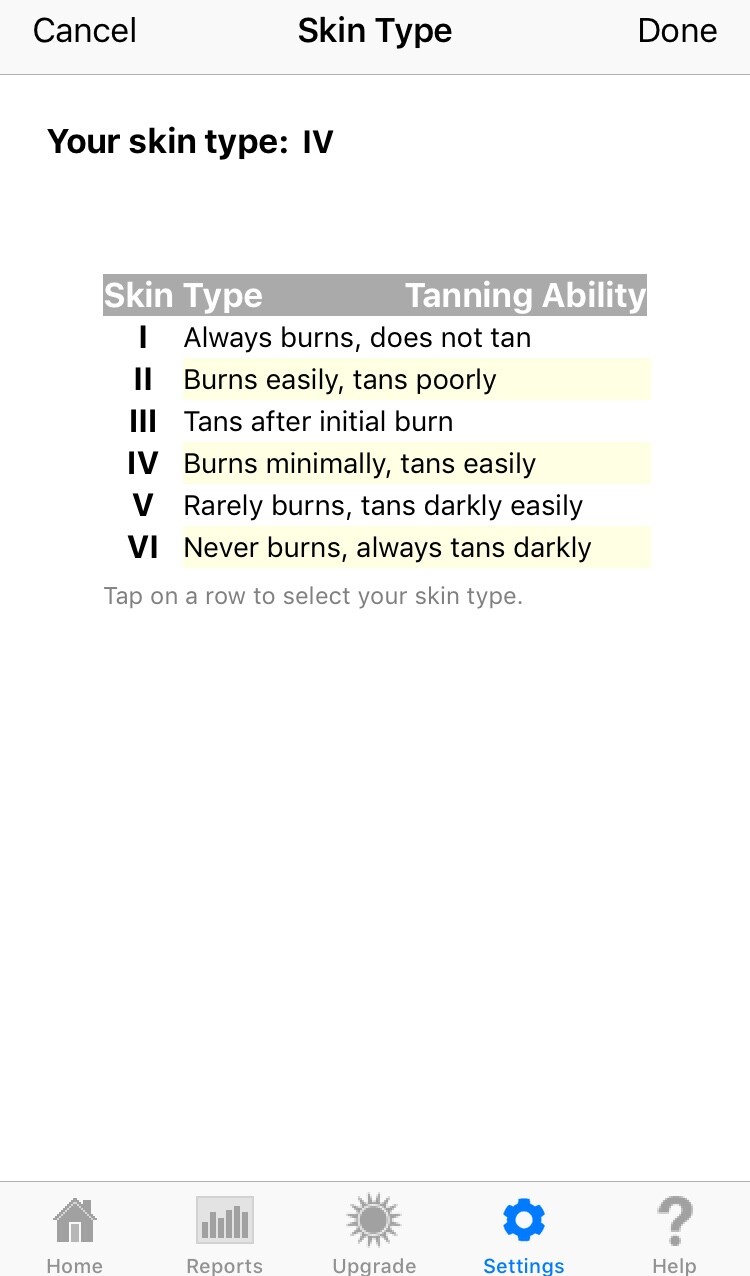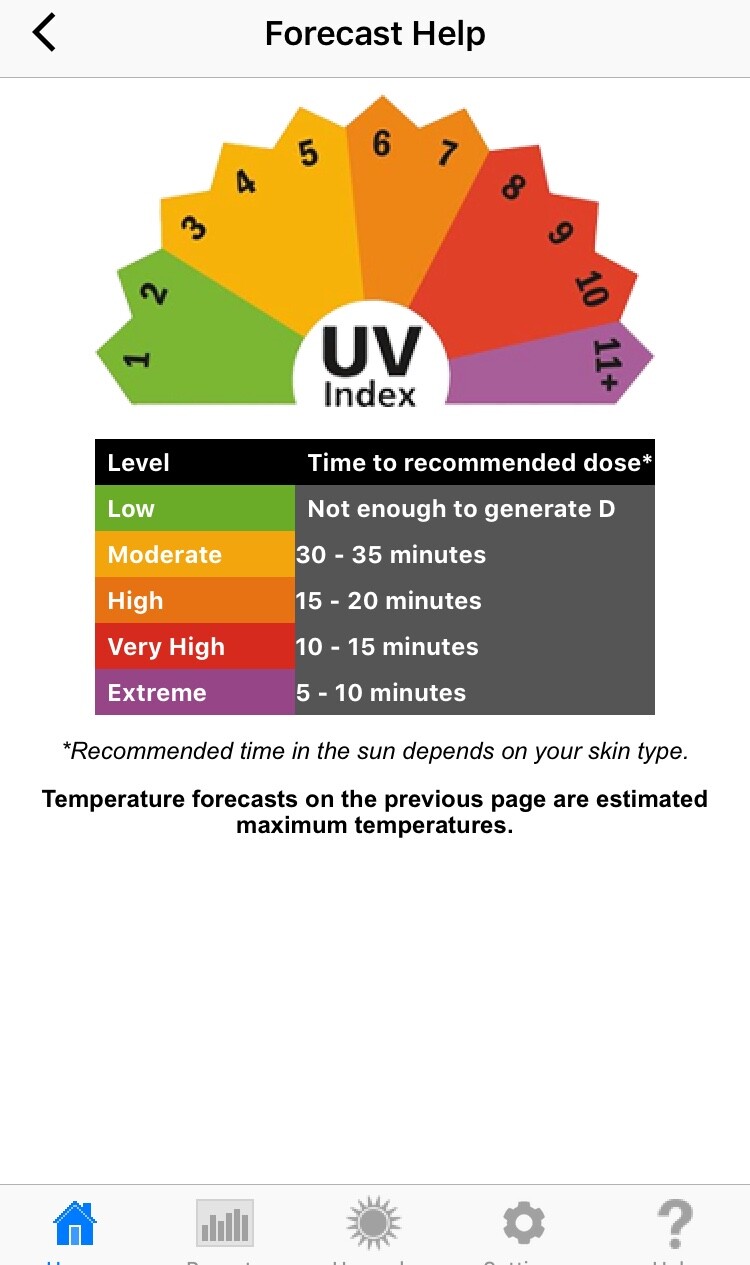[You can follow me on Twitter @creatorvilla.] Given how vital the sun is to sustaining life on earth and how critical sun exposure is to human health, it is surprising how little people know about the sun. Most people where I live were surprised when I told them they could neither tan nor produce Vitamin D after 5 PM during the spring months due to inadequate UV radiation. The strength of UV radiation being emitted by the sun varies by time of day, time of year, and day of the week. After years of tracking the sun, I still find it helpful to have an application on hand to access accurate information fast. D Minder is the best application on the market and best of all it’s absolutely free. It’s ideal for people who want to raise their Vitamin D levels, get a suntan without burning, and even for those who wish to avoid UV radiation altogether.

In the picture on your right, I have selected New York City as an example. The figures in purple are peak UV radiation for each individual day. We are in mid-July hence why this value is so high at 11. The UV index (UVI) in the top right displays current UV radiation. I took this picture during the mid-day when the sun was emitting close to peak UV radiation hence why this figure was also very high at 10. Underneath current angle, the app displays the length of time during which UV radiation is high enough to generate Vitamin D. For New York City on the day pictured, the window was from 8:28 AM until 5:33 PM. The app also tracks the solar noon, or the time of day when UV radiation peaks. For New York City on the day pictured, that time was 1:00 PM sharp. As you will see when you use the app, the UVI is low in the morning when Vitamin D (and hence tanning) first become available and slowly builds until it reaches the solar noon. At this peak point, the strength of the sun begins to trends downward until UVI is so low that Vitamin D is no longer available.

How much sunlight you need to generate enough Vitamin D and tan depends on two factors: the UVI at the moment of exposure and your skin type. Darker tones need much more sun exposure for Vitamin D generation and tanning due to their skin being better adapted for climates with high UV radiation. Annual UV radiation globally corresponds to skin color in populations across the globe (low UV climate = lighter-skinned races, high UV climate = darker-skinned races). Where UV radiation is relatively abundant, human skin evolved by darkening as protection against excessive exposure. Where UV radiation is relatively low, human skin evolved by lightening (or remaining light) to maximize Vitamin D production.

Fortunately, the app simplifies the equation by including a skin type assessment. In the app, I had entered skin type IV, which means I burn minimally and tan easily. The graph on the right relates how much sun exposure I need depending on the strength of the sun. For example, when the UVI is between 8-10, I need 20-25 minutes of sun exposure to get my daily dose of Vitamin D. This time of year, a New Yorker with my skin type who is out in the sun from 11:30AM-12 PM would exceed his daily requirement. Another factor to take into account is clouds. Clouds, like windows, have the ability to block UV Radiation. On a cloudy day very little Vitamin D and tanning will take place regardless of how high the UVI is.
I have included a second graphic below for people with skin type II (refer back to the skin type graphic above). As you can see, the time to recommended dose is much less across the UVI spectrum. During the heat of day in New York City, just 5-10 minutes of sun is enough to satisfy the recommended daily dose! People with lighter tones generate Vitamin D very rapidly and are best advised to avoid excess sun exposure to prevent burning.

The app has a cool feature for optimizing Vitamin D where you input your location, skin type, sun exposure, and amount of skin exposed to the sun. The app will then estimate your Vitamin D levels based on these parameters so you can develop a strategy for staying in the optimal range. I make sure I am Vitamin D-optimal year round through adequate sun exposure and supplementation. As you will discover when you use the app, in states like New York with true winters no Vitamin D generation can take place during the winter months. Many people also work during the daylight hours and do not get enough natural exposure or have fears of sun-induced damage to the skin. As a result, you will likely need to supplement for at least a few months of the year, if not year-round.
Check out my post on my favorite way to optimize Vitamin D levels without direct sun exposure (hint: it involves a topical application).

Another app you may want to try – Sola Sun UV Tracker & Timer: https://apple.co/2xfWMmR